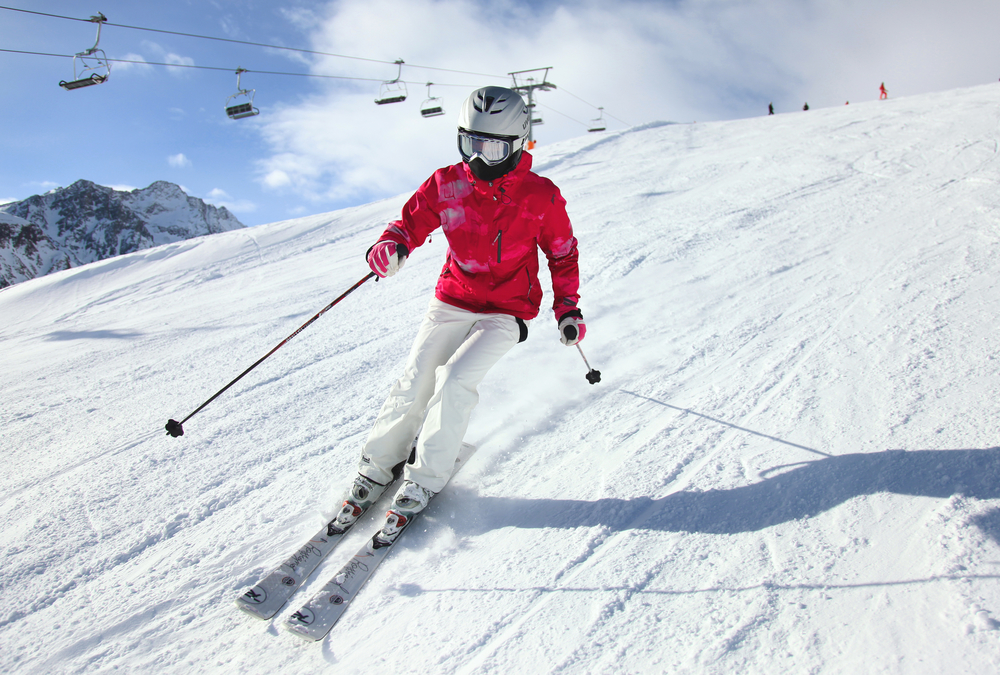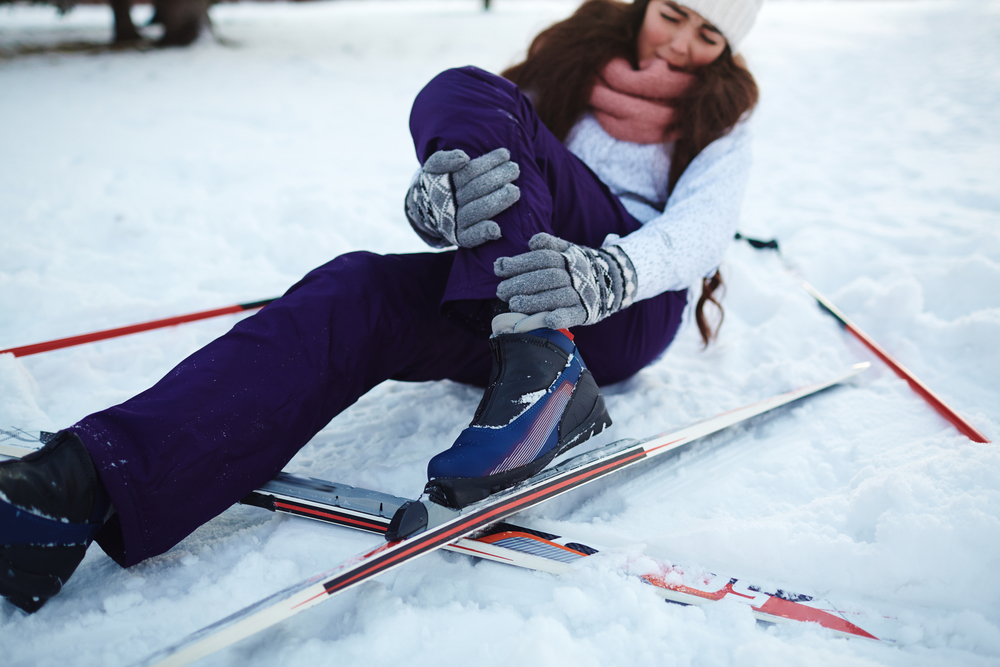The days are getting colder and winter is coming. What better time to head to the mountains and get your adrenaline pumping with a ski trip. Who doesn’t like a bit of speed to get your blood pumping in the snow? Skiing is a great form of exercise because it develops your cardiovascular fitness and your balance as well. To be able to ski properly, requires quite a bit of control and coordination before you get fluent with the motion. This does take some time to train up, so in the meantime do be weary towards some common ski related injuries.

Skier’s Thumb (ulnar collateral ligament tear)
A very common injury which the thumb is wrenched backwards when falling onto your hands. The name Skier’s Thumb is appropriate because it occurs more commonly in skiing. This is due to the poles that you fall on adds an extra lever of force to bend the thumb backwards.
Shoulder Dislocation
If you fall during your skii, you little time to think about how to land. Both falling on an outstretched hand or directly onto the shoulder has a chance for your shoulder to dislocate, especially when you fall at a high speed.
Posterior Cruciate Ligament (PCL)
PCL injuries mostly occur when you fall directly onto your knee, causing the lower leg to shift backwards. The skis and boots add an extra weight to shift your knee backwards during the fall, therefore increasing the risk of this injury to occur.

Lower back Pain
If you are ever going to gain lots of speed in skiing, you’ve need to lean forward to cut through the air. This does put quite a bit of strain in your lower back. For people who have not maintained their fitness levels, your core and lower back muscles may not be developed enough to sustain this position and therefore are more susceptible to back pain.
With all these potential injuries that can occur, it is important to take steps to reduce the chances of these injuries from occurring. There are plenty of ways to accomplish ski injury prevention. The simplest way is to maintain or increase your fitness levels. This means continuing with your walking activities or ramping it up to a run, maintaining your gym activity or increasing your intensity inside the gym.
On the other hand, if you hardly do any exercise and are wanting to get into skiing for this season, it might be a good idea to start some specific strengthening and prevention exercise before starting.
At Capital Physiotherapy, we have physiotherapists who are familiar with starting people in the right level of exercise intensity aimed to progress to intensive sports like skiing. If you planning to start a new activity, make an appointment so we can point you towards the right direct safely and efficiently.
Capital Physiotherapy is conveniently located in Hawthorn (Formerly at Balwyn), Footscray and South Yarra. You may call, email us at info@capitalphysiotherapy.com.au or book online today to get started on a program best suited for you.

